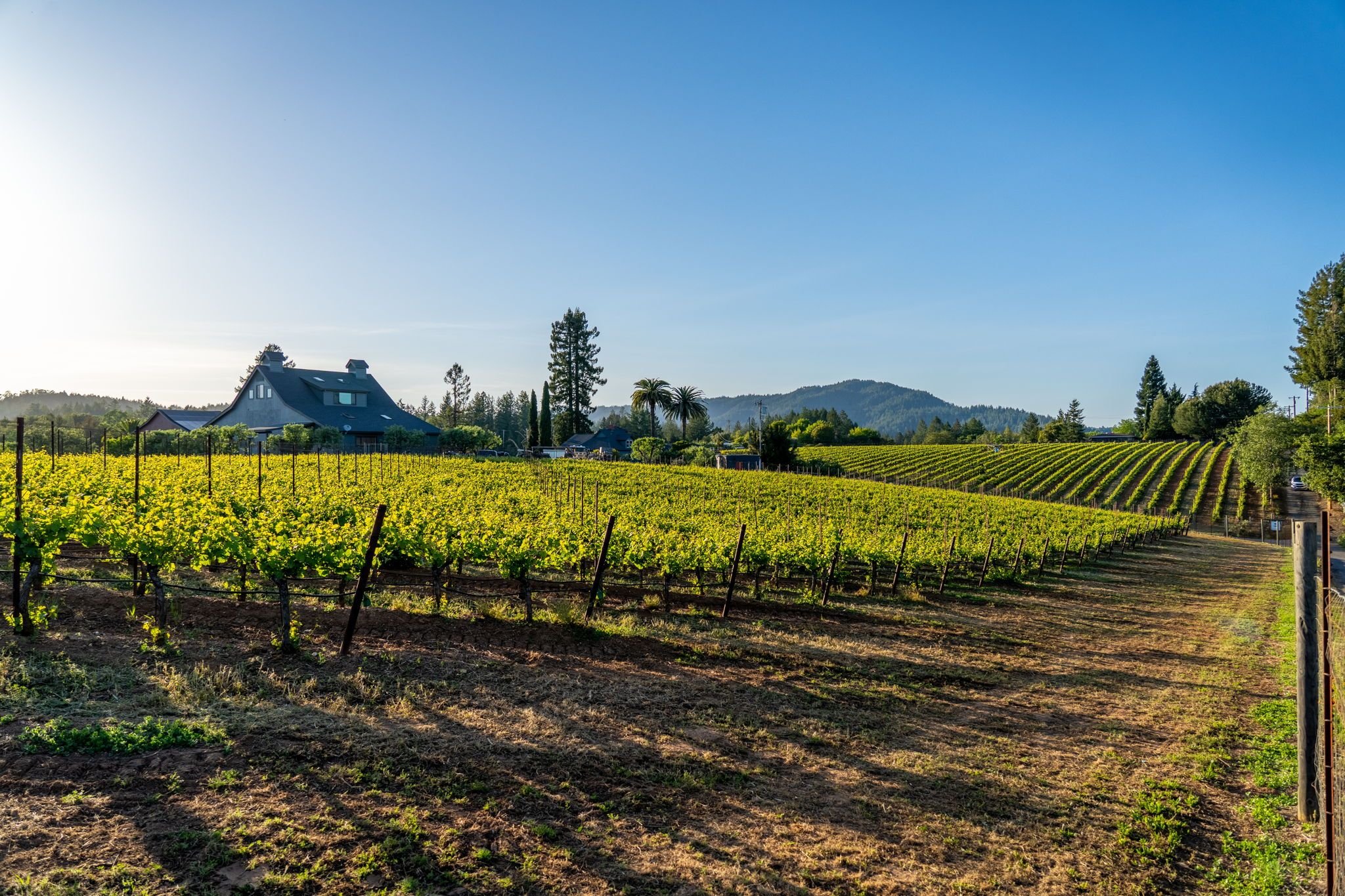Many owners struggle to pinpoint the right price for their luxury vacation rental. In a region like Sonoma—where owning a high-end home is costly—it’s natural to worry about underpricing. At the same time, traveler demand is highly price-sensitive, and finding the ceiling without scaring off bookings can be tricky.
The reality is that pricing isn’t just about setting a nightly rate. It’s a dynamic, multifactorial exercise that balances several interrelated levers. The optimal rate is never static—it shifts based on factors such as:
- Market demand
- Competitive rates
- Amenities and finishes
- Interior design and furnishings
- Location and views
- Seasonal fluctuations
- Local events and festivals
- Broader economic cycles
Sophisticated pricing requires constant monitoring and adjustment. But importantly, the nightly rate is just one piece of the puzzle. A truly optimized pricing strategy leverages a broader set of tools:
- Minimum stay rules
- Lead time and booking window data
- Promotional and upsell strategies
1. Minimum Stay Requirements
Nightly rates can fluctuate by season—lower in the winter, higher in peak summer—but that doesn’t mean every night needs to stand on its own. What ultimately matters is the total booking value per stay.
For example:
- A $500/night stay for 3 nights earns $1,500
- A $650/night stay for 1 night earns just $650
Dynamic minimum stay rules allow you to maximize value across the calendar. Here are a few examples:
- Last minute stay reductions: Allow shorter stay bookings within 35 days of booking dates to fill gaps and attract spontaneous travelers
- Peak protection: Require 4+ night minimums on high-demand weekends booked more than 120 days out
- Orphan optimization: Adjust settings to reduce “orphan nights” between longer bookings
Not only does this boost revenue, but flexible rules improve your listing’s conversion rate on platforms like Airbnb and VRBO—helping your property rise in the search rankings, earn greater visibility, and achieve greater pricing power.
2. Lead Time to Booking (a.k.a. “Booking Window”)
Some dates consistently book far in advance—Memorial Day weekend, for example, often books 60–90 days out. Understanding this “booking window” is essential for setting optimal pricing and stay rules.
A data-driven manager will price high early on to test the ceiling, then adjust as the booking window closes. Importantly, adjustments don’t always have to mean dropping rates—you might instead reduce the minimum stay to align with what guests are searching for.
In economic downturns, booking windows often shrink. Travelers book closer to their stay dates. Recognizing this dynamic lets savvy managers maintain pricing confidence longer—while others panic and slash rates too early.
Example:
It’s March 25, and Memorial Day weekend (late May) isn’t yet booked. A less-informed owner may cut rates, fearing low demand. But if data shows travelers are now booking 30 days out (not 60), a seasoned manager knows to hold firm until late April—when peak booking activity is expected. This strategy often captures top-dollar bookings that others miss.
3. Incremental Night Upsells & Strategic Promotions
Two underused—but highly effective—revenue strategies are upsells and promotions.
Incremental Upsells
If a guest is enjoying their stay, offer an extra night at a steep discount—but only once they’re already there. This night might’ve otherwise gone unbooked, so even at a low rate, it’s pure profit. Guests often say yes—it’s an easy win-win.
Strategic Promotions
If bookings are soft, a well-timed promotion to past or prospective guests via email or social media can create urgency. For example:
“Take $100 off your next stay if you book this weekend.”
Thanks to the Law of Reciprocity, small gestures often yield outsized returns. We’ve seen $100 incentives lead to $3,000+ bookings. It’s not about the discount—it’s about prompting action at the right time.
Don’t “Set It and Forget It”
Dynamic pricing tools like PriceLabs can be helpful—but they’re not a magic solution. Many owners express frustration that these tools miss local events or undervalue peak periods.
Think of these tools like a surgeon’s scalpel: powerful in the right hands, but not effective on their own. They can’t:
- Identify hyper-local events (e.g., a wedding or wine auction that spikes demand)
- Adjust based on guest messaging and real-time inquiry trends
- Implement upsells or send email promotions
- Account for unique attributes of your home that justify higher pricing potential
In other words, they don’t replace expertise. For luxury properties in particular, a hands-on, tailored pricing approach consistently outperforms automation alone.
Direct booking discounts
Airbnb and VRBO will add additional booking site fees to guests. These can sometimes “price out” guests that would otherwise have been able to afford the stay. It is important to leverage Airbnb and VRBO to source guests for their first stay, but ultimately drive them to book directly with you leveraging a repeat booking strategy. This not only saves the guests money, but you can also price a bit higher than you would on Airbnb and VRBO and retain a greater share of the revenue. A win-win!
Final Thoughts
If there’s one principle to take away, it’s this: Never think of pricing in isolation.
Luxury vacation rental pricing is a multivariable equation. It must consider nightly rate, length of stay, booking behavior, platform algorithms, guest psychology, and real-time market signals.
At Vinifera Homes, we treat pricing like an ongoing craft, a process—not a one-time task. We leverage all the above approaches, analyzing patterns daily, optimizing proactively, and using high-touch guest engagement to unlock hidden revenue.
Written by Anish Patel, Head of Owner Relations at Vinifera Homes (anish@viniferahomes.com)




